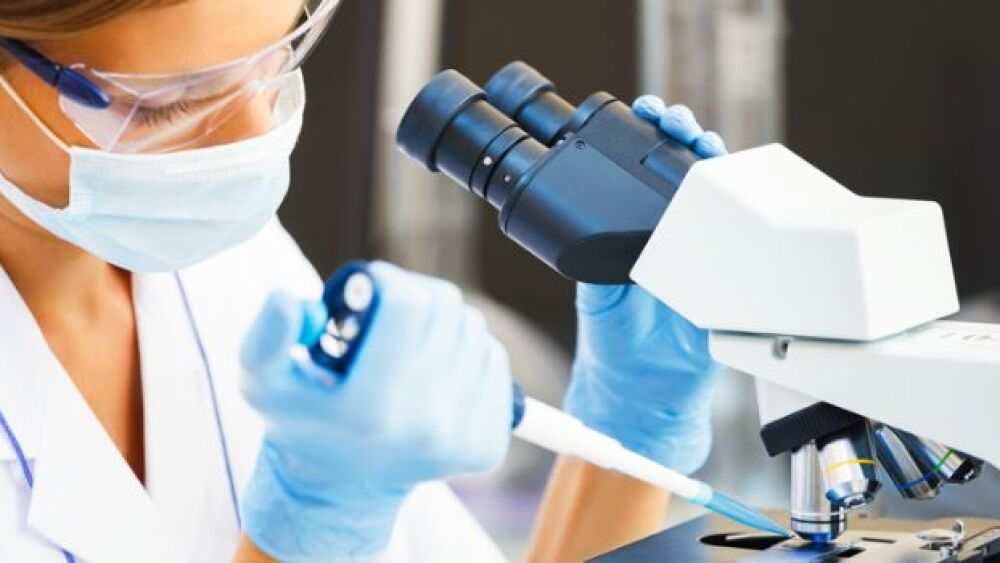New data from Axcella, PepGen, Dystrogen and Galecto are showing promise in challenging diseases, including NASH, Duchenne muscular dystrophy and myelofibrosis.
New data from Axcella, PepGen, Dystrogen and Galecto are showing promise in challenging diseases, including NASH, Duchenne muscular dystrophy and myelofibrosis.
Axcella’s NASH Candidate Impresses In Phase IIb
Axcella Therapeutics posted interim data Thursday from its Phase IIb EMMPACT study of AXA1125 in nonalcoholic steatohepatitis (NASH) confirming the candidate’s ability to target multiple pathways simultaneously during disease treatment.
Data from weeks 12 and 24 showed all participants experienced significantly greater changes from baseline in MRI-PDFF compared to the placebo group. The positive trend continued into the 24th week, though researchers noted they needed a larger group of subjects for it to be considered statistically significant.
For this data set, around 30% of the target 270 participants were available, all with biopsy-confirmed stage II and stage III NASH. At week 12, the trial had 82 subjects, and 58 by week 24. Around 50% of the subjects have type II diabetes mellitus. They were randomized 1:1:1 to receive either 22.6 g or 33.9 g of AXA1125 twice a day or a placebo.
Axcella expects to share topline, 48-week biopsy results in the first half of 2024.
This news comes on the heels of a positive update from another company seeking to develop the next treatment for NASH. Oramed Pharmaceuticals recently shared promising mid-stage trial results from its oral insulin candidate ORMD-0801, showing a clinically meaningful reduction in liver fat from baseline at 12 weeks. The company is expected to share full details about this trial soon.
PepGen Preps for Phase IIa DMD Study
PepGen announced its Phase I trial of Duchenne muscular dystrophy treatment PGN-EDO51 in healthy adult males met the primary safety endpoint, enabling a move to Phase II.
PepGen’s lead clinical candidate, PGN-EDO51 uses its proprietary enhanced delivery oligonucleotide technology to deliver a therapeutic component designed to target the root cause of DMD. It is given intravenously and works by skipping exon 51 of the dystrophin transcript to restore the open reading frame and enable the production of a truncated dystrophin protein.
PGN-EDO51 was tested in various doses on 32 healthy adult males, who were assessed for safety and tolerability, as well as oligonucleotide tissue concentration and exon skipping. The participants were given either 1, 5, 10 or 15 mg/kg of PGN-EDO51 or a placebo over the course of 28 days.
PepGen is now preparing to launch a Phase IIa multiple ascending dose study in the first half of 2023. Full results from the Phase I study will be presented at an upcoming medical meeting.
Dsytrogen’s DMD Hopeful Shows Promise at 6 Months
In other DMD news, Dystrogen Therapeutics shared positive initial results from the ongoing clinical trial of investigational engineered cell therapy DT-DEC01.
Six months’ worth of data demonstrated promising safety, functional and biomarker outcomes from the three subjects under the first low-dose cohort.
The participants, aged six, seven and 15, showed improved duration and amplitude of motor unit potentials on EMG versus the pretreatment baseline. They were also observed to have improved grip strength and better 6MWD, NSAA, PODCI and PUL scores, among others.
DC-DEC01 is an engineered chimeric cell that engrafts in cardiac and skeletal muscle to deliver full-length dystrophin gene and other healthy muscle cell components. The drug does not require immunosuppression. There was no evidence of immune reaction on blood assays during the six-month period in any of the patients.
OncoNano’s Fluorescence Imaging Agent Demonstrates Significant Detection
OncoNano Medicine’s ongoing Phase II clinical trial of pegsitacianine for the detection of residual disease after cytoreductive surgery delivered positive interim results from 27 participants.
Data showed 55% of the participants demonstrated a significant detection of pathology-confirmed residual disease while being well-tolerated and without any serious adverse events.
Pegsitacianine is a micellar fluorescence agent that can detect residual malignancies post-CRS and act as an adjunct to tactile and visual cues. The patients were given 1 mg/kg of the drug and underwent surgery with intra-operative imaging done between 24 and 72 hours post-dose.
These findings could offer surgeons real-time optics to enhance their ability to detect cancerous tissues that might be left behind if only standard-of-care processes are implemented after CRS. The initial results were shared at an oral presentation at the World Molecular Imaging Congress in Florida.
The study is still open to enrollment.
Galecto’s Myelofibrosis Drug Demonstrates Robust Collagen Fibrosis Reduction
Galecto announced its ongoing Phase IIa MYLOX-1 study of GB2064 for the treatment of myelofibrosis delivered reduction in collagen fibrosis of the bone marrow equal to or greater than 1-grade in four out of five patients who received the drug for at least six months.
All four participants demonstrated stable hemoglobin, thrombocyte and white blood cell count numbers and a stable spleen volume. None required transfusion. Two participants have already advanced into the extension phase since GB2064 maintained an acceptable tolerability profile.
The trial started with 16 patients, of which eight have either continued to receive or completed the treatment. The other eight have discontinued due to either disease progression or adverse events. The most common AEs observed were gastrointestinal-related and manageable with standard therapy.





